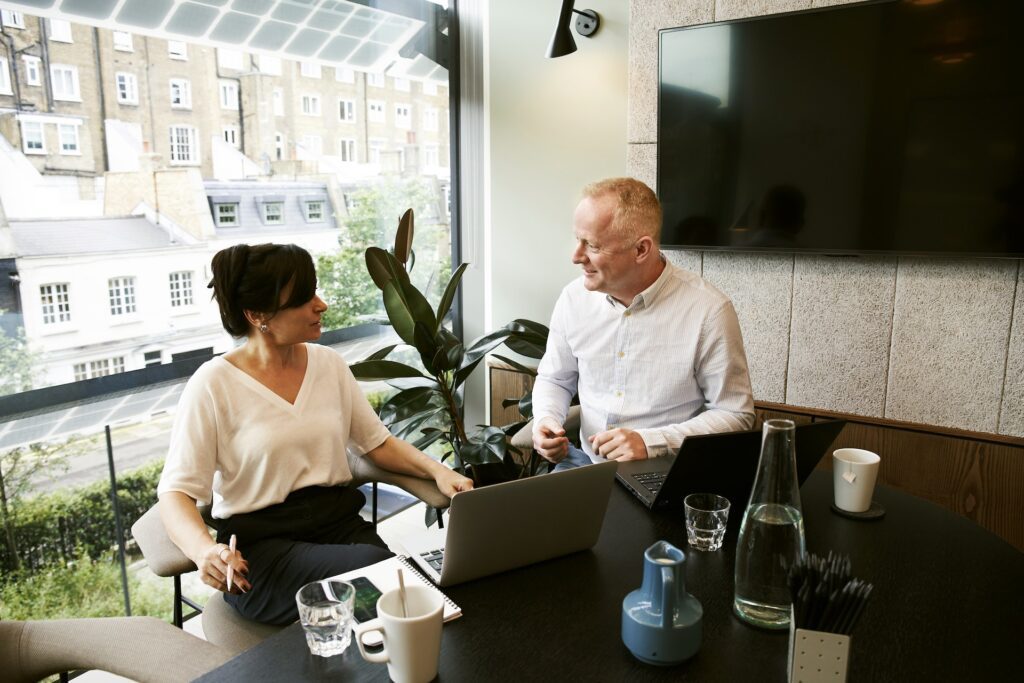As you may or may not know, there are different types of learning for different purposes, and understanding these can help to improve individual growth and potential.
We have been diving into this stuff to help us better lead our own sessions, so we thought we would share some of our findings with you! Read to the bottom to see how we can help you apply these ideas in the unique form of training we offer.
Experiential learning is an adaptable teaching concept that is tailored to individual styles, preferences, strengths, and more. It can produce positive emotional effects that improve confidence, self-esteem, and personal value, which are important factors that standard teaching methods leave out.
Learning that is adaptable should go hand in hand with traditional prescriptive training to help see the best results. Finding the best way to train someone is never one-size-fits-all, which is why some out-of-the-box thinking can often be very effective.
Experiential learning is learner-centered that has flexible open possibilities focussed on internal growth and discovery. It helps people to develop knowledge, skills, and emotions via a particular experience.
This could be learning via physical activity, games, role-play, ‘outward bound’ activities, and more. Managers, in particular, can struggle with finding new ways to keep their teams engaged and active, which is why a different approach to classic training methods is needed now more than ever.
This form of learning allows you to break out of the standard conditioned training and teaching practices that can at times stifle people’s development. By creating the base for a positive emotional platform, trainees feel more comfortable responding with their own positivity.
Because experiential training is centered on the individual as opposed to the training itself, it works by developing people from the inside out. It is the simple transfer of knowledge to help an individual grow, causing a boost of confidence along the way.
We hope you found this information useful for your next training session. Alternatively, if you’d like us to lead your team on the benefits of experiential learning, consider checking out our workshops HERE
RELATED



Join our mailing list!
No spam, ever! Just relevant resources and blog articles.
Have a specific question?
Banana Life helps thousands of organisations around the world engage their team and build better connection
PO BOX 67, Mitchelton, Brisbane, QLD 4O53 AUSTRALIA | P: 1300 992 949 E: hello@bananalife.com.au
BANANA LIFE PTY LTD | ABN 41 159 896 045
Banana Life acknowledges the Turrbul and Jagera people, the Traditional Custodians of the land on which we now operate in Meanjin/Brisbane. We pay our respects to the First Australians and their Elders; past, present, and emerging.
© Banana Life Pty Ltd 2023